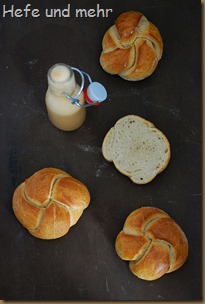
Until the 18th century bakers went to the next brewery to get some yeast for baking. Even the name of the yeast we use for baking shows that it was originally used for making beer: Saccharomyces cervicae. But when the new bottom fermenting yeast strain Saccharomyces carlsbergensis used by more and more breweries getting yeast for baking was not possible anymore because this yeast stays on the bottom of fermenting vessel (instead on floating on top like S. cervicae.) And so the first commercial produced yeast for bakers appeared on the market in 1780.
When my love and me brew beer it always breaks my heart to throw away the yeast which remains after bottling. And because I search ancient recipes for this month BBD, I decided to bake rolls using the beer yeast instead of the “normal” bakers yeast (which is the same species, anyway).


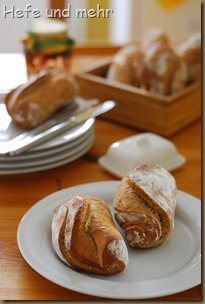
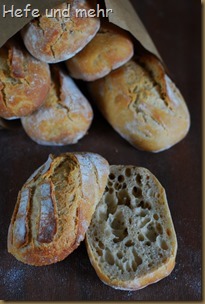
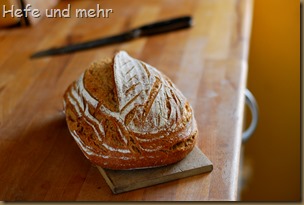
 We spent our last summer holiday in the Alsace. And we enjoyed the beautiful landscape, the food and the niece people there very and much – and the bakeries,too! During our holidays I scribbled down a list with breads I had to bake when I’m back home.
We spent our last summer holiday in the Alsace. And we enjoyed the beautiful landscape, the food and the niece people there very and much – and the bakeries,too! During our holidays I scribbled down a list with breads I had to bake when I’m back home.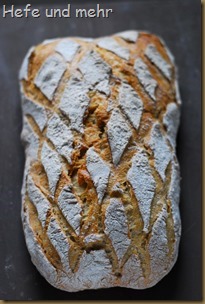 During our last vacation in france I fell in love with the flat, rustic looking Pain Pavé. Pavé means cobblestone and refers to the flat, rectangular shape of the breads. Most of the time they are cut crosswise or with a rhombical pattern.
During our last vacation in france I fell in love with the flat, rustic looking Pain Pavé. Pavé means cobblestone and refers to the flat, rectangular shape of the breads. Most of the time they are cut crosswise or with a rhombical pattern.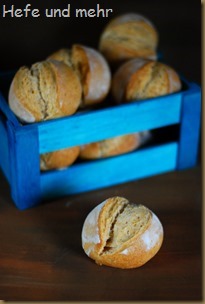
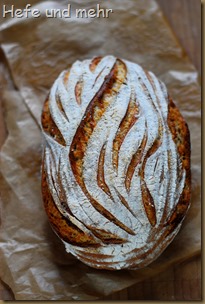
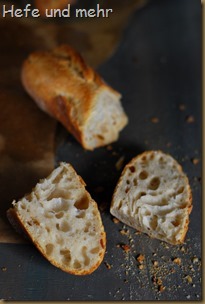 I planned to post about a potato bread today (something I will do later this week) but the result of an experiment I baked this weekend made me so enthusiastic that I could not wait to share the recipe with you!
I planned to post about a potato bread today (something I will do later this week) but the result of an experiment I baked this weekend made me so enthusiastic that I could not wait to share the recipe with you!